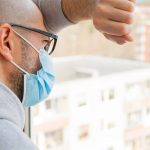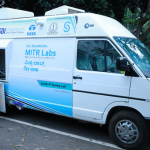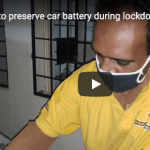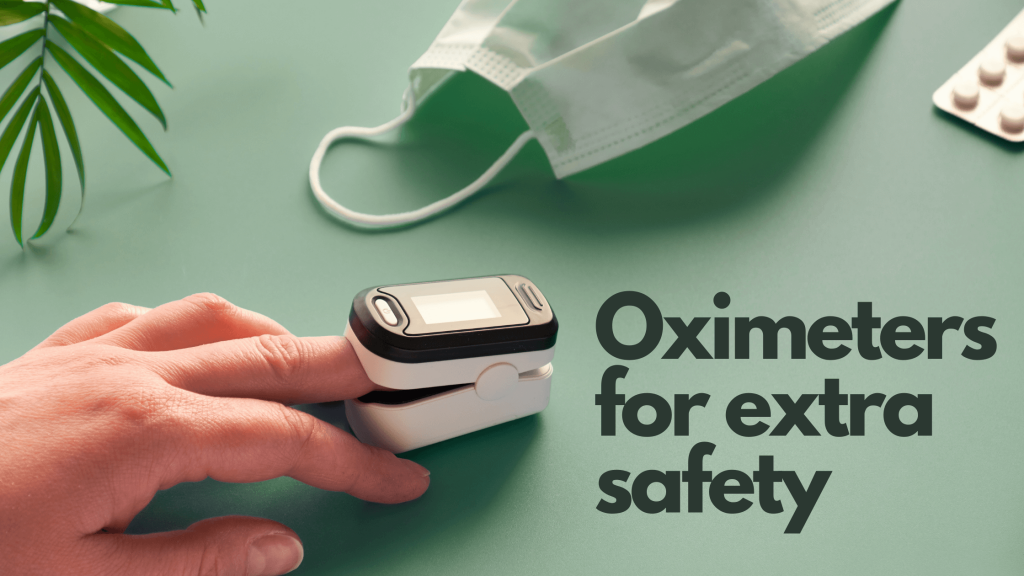
By Zahid H Javali
With COVID-19 crippling businesses and compelling people to stay indoors, some individuals and businesses are using oximeters as an additional safeguard against COVID-19. They are using the handy device that costs under Rs 1000 to screen their guests, employees, and patrons. While this gadget does not promise guaranteed prevention, as not all COVID-19 patients experience a drop in their oxygen levels, this is still a handy tool to contain the spread from asymptomatic patients. However, many apartment complexes are not using oximeters because it does not offer ‘contactless’ screening, the way thermal checks happen.
Oximeter’s predominance
Besides the thermal checks being employed by many apartments and businesses, a few of them are doing one better: conducting oximeter pulse readings of their househelps, guests, employees and patrons. While this has not resulted in more customers, businesses are doing their best to ensure the safety of people. Similarly, some apartments have opted for oximeter checks to screen house helps and guests entering the premises. Some beauty salons have opted for this nifty device in several areas of Bangalore.
Apartment complexes like Mahaveer Seasons in HSR Layout began screening visitors with an oximeter in March itself. “When a video went viral about oximeters, a retired doctor and a member of our COVID-19 taskforce recommended their use,” says Kamesh Rastogi, a member of the apartment association. “We procured the oximeters in bulk at a good price back then. Besides around 25 residents having a personal oximeter at home, we also have it at both our entry and exit gates in addition to one in our association office.” However, despit the extra precautions, the apartment community has recorded four cases of COVID-19 from its tenants. This is evidence that while checking with an oximeter can minimise the risk, it cannot eliminate it.
Villa communities in Bangalore have also taken to oximeters as an additional precaution. “Most residents have purchased an oximeter,” says Subbu Hegde, founder, Federation of Villa Community Associations of Bangalore. “A few villa associations have also purchased a few pieces for community use, but it has hardly been used so far.” Hegde is also the President of Classic Orchards Association on Bannerghatta Road. “We began using the oximeter three months ago by keeping one in the office. Any resident who wants to check can call the manager who will send the oximeter to them through a staff member. Many residents have also bought oximeters for personal use.”
Residents are keeping their distance from the vulnerable groups in the family as a precautionary measure. Long-time Bangalorean and civic evangelist V Ravichandar stays with four elders over 80. “There are maids and drivers, all with masks, who come during the day,” he says. “We follow hand hygiene, and minimal interaction with the elders for those who come from outside. We also have an oximeter… fortunately, we haven’t had to use it yet. We don’t do any thermal checks, but have told our house helps not to come if they have the slightest discomfort.”
While thermal checks are common across apartments, oximeter usage is limited. Many residents told Residents Watch that only conscious residents have bought a personal oximeter as a safeguard. Says Rahul Mahajan of Nagarjuna Apartments in HSR Layout: “I bought an oximeter in April to check on myself. We still don’t have maids because we want to minimise outside contact and be extra precautious.”
Expert Speak
Doctors say that an oximeter cannot identify all COVID-19 cases. Around 1 in every 5 people who are infected with COVID-19 develop difficulty in breathing and require hospital care, according to the World Health Organisation (WHO). “We have a large number of COVID positive patients who have normal oxygen saturations,” says Dr Oliver Rodrigues. “Lower oxygen saturations also occur for a variety of reasons, ranging from a blocked nose to wheezing and pneumonia. A person with a saturation of less than 95% should be treated with caution and advised testing for COVID. That doesn’t mean a person with saturations above 95% is COVID-free. Masks, physical distancing and hygiene are still the best defence.”
However, experts do advise the way to use an oximeter. One such rule is to measure the oxygen saturations for one minute and record the lowest and highest readings during these 60 seconds. If the oxygen levels fall below 95% at any time, the doctors advice caution. A UK study has also shown that a sudden loss of smell and taste is a bigger indicator of COVID-19 than cough or fever. With free COVID testing facilities by BBMP in many areas of Bangalore, you can always get yourself tested if you have any of these symptoms.
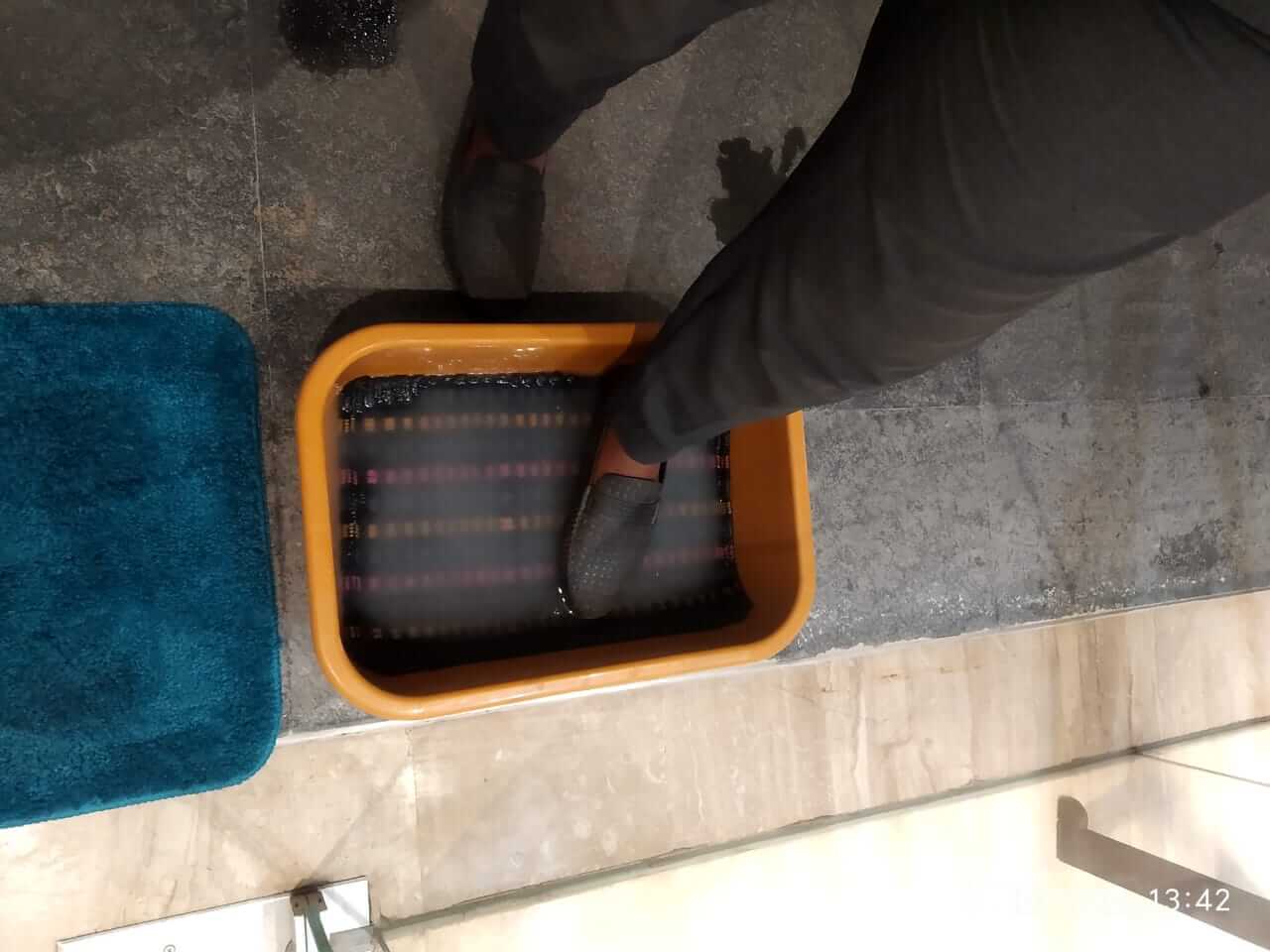
We also noticed that some banks like Bank of India are using oximeters to screen their employees but not their patrons (only thermal checks for them), while the folks at malls like Forum Shantiniketan are doing oximeter checks at random on their employees alone. Titan’s retail stores are following an additional precaution besides the oximeter and thermal checks. They are sanitising the footwear of their staff members and patrons. “Since in certain countries, footwear is a major cause of COVID-19 spread, we have made a DIY footwear sanitising tray at our stores,” says Titan’s franchise partner Suraj Lulla. “We place a mat inside the tray where the water level covers only the sole of the footwear. We mix bleaching powder and a disinfectant in water. A mat is placed outside the tray for the patrons to dry the footwear’s sole. Everyone entering the premises is requested to place their feet in the tray, wait for 20 seconds and step out to the outer mat to wipe and dry their footwear.”


